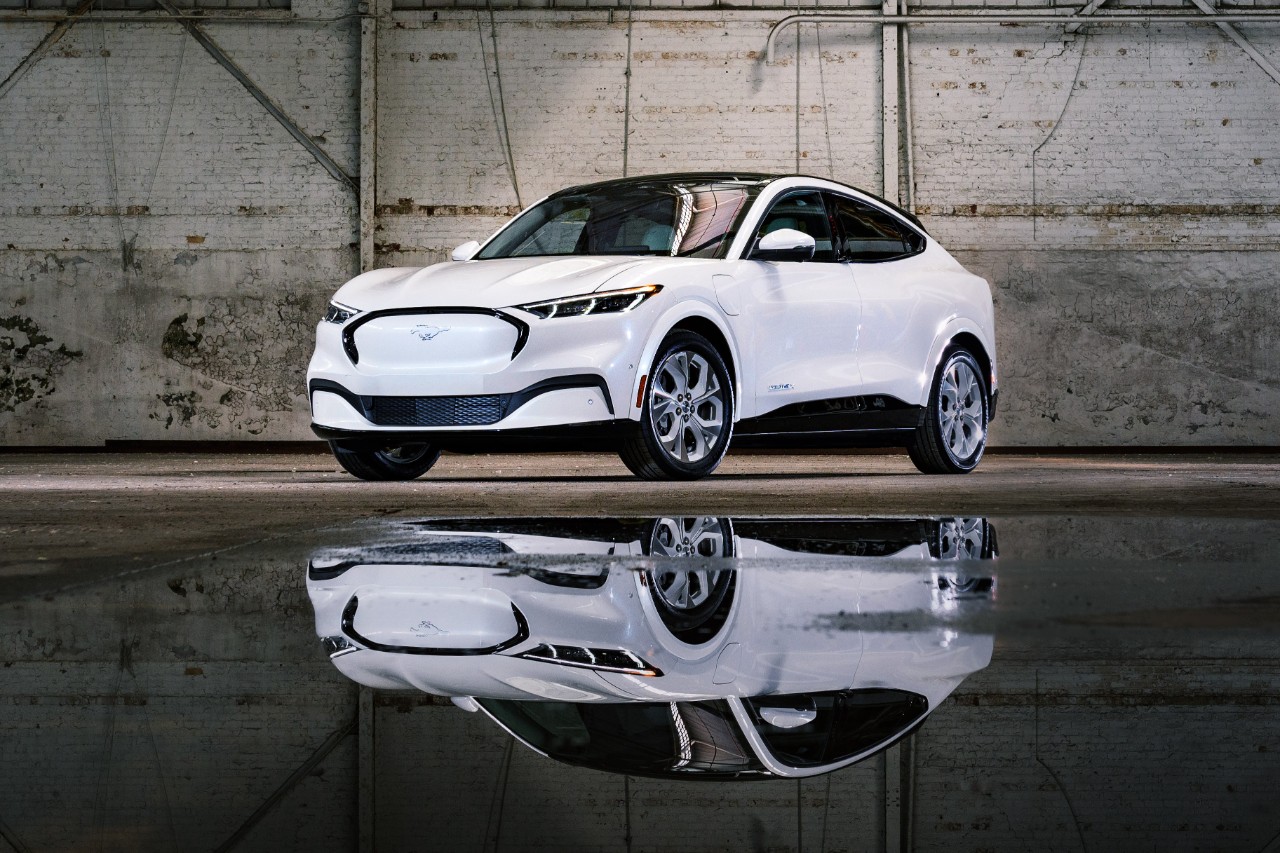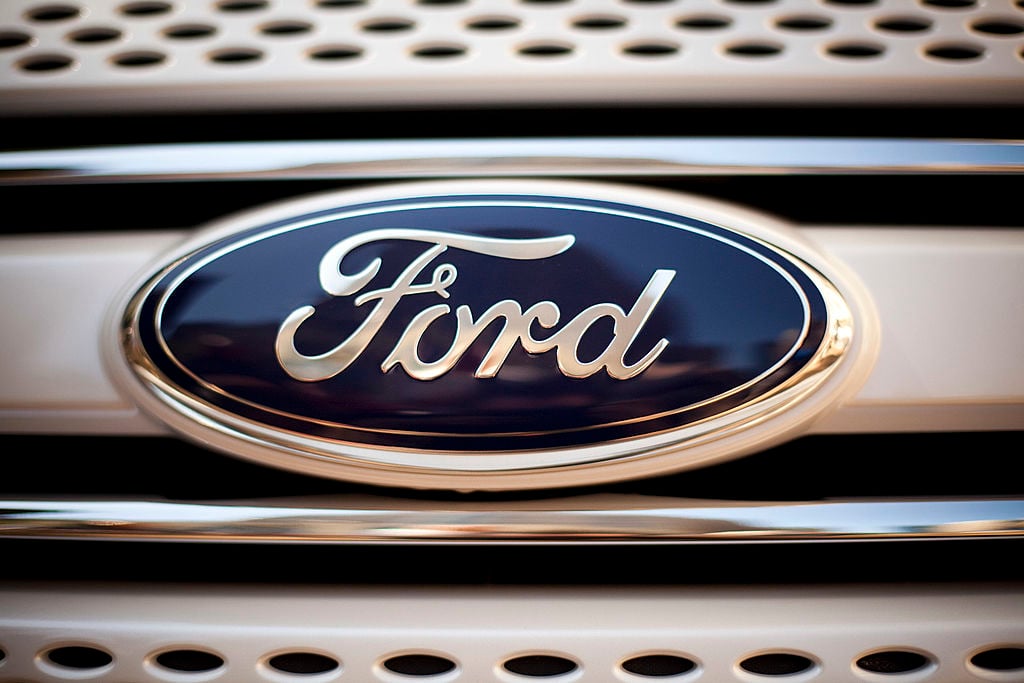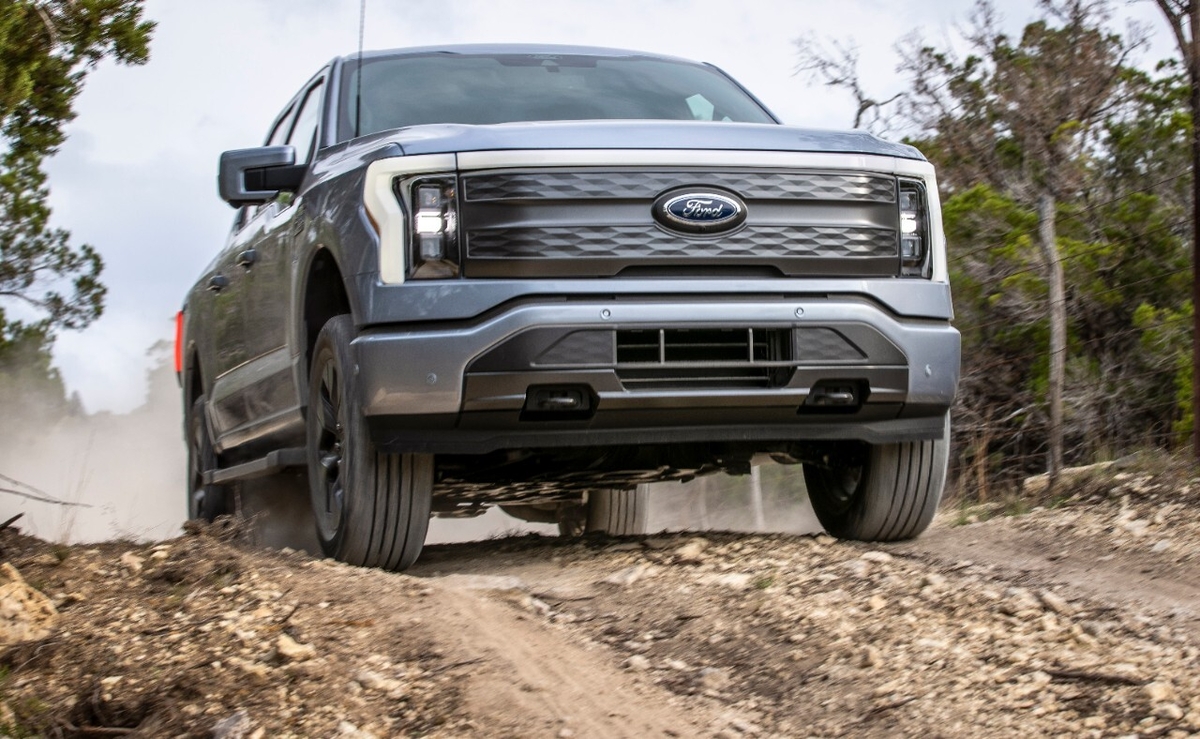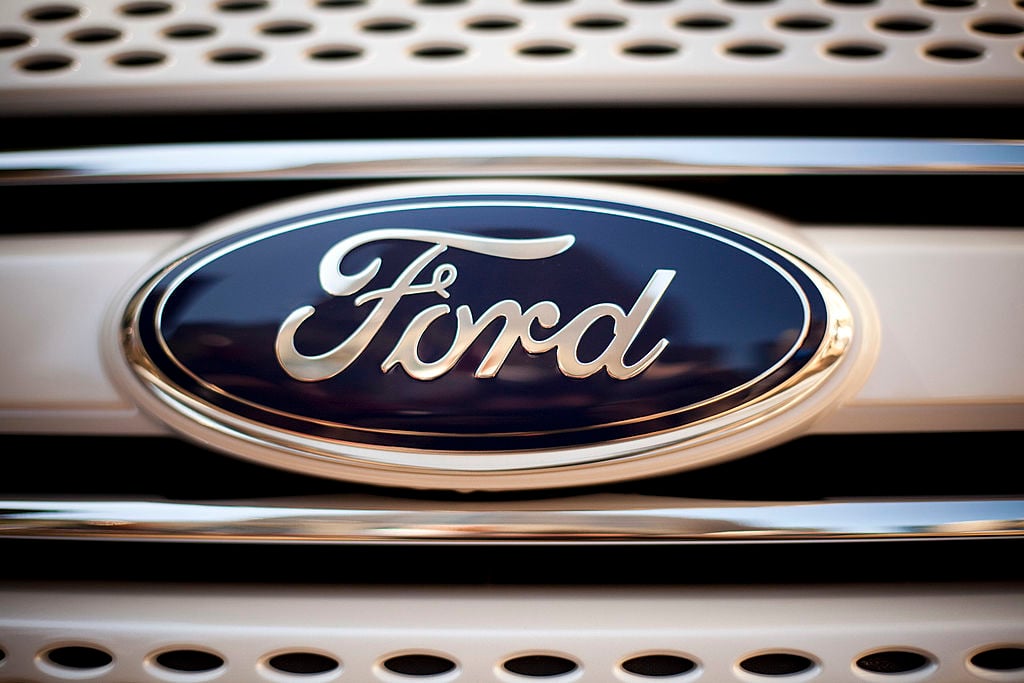Investors weren't thrilled with Ford Motor Company's (F 1.39%) second-quarter results. The Blue Oval's stock dropped 7.8% the day after the report was released, and Ford's share price has slumped further since.
If you took a quick glance, you might think that the sell-off was justified. After all, Ford's net profit fell 86% from the second quarter of 2018, and earnings per share fell short of Wall Street's estimate.
That can't be good, right?
The thing is, right now, Ford is in the midst of what CEO Jim Hackett calls a complete "redesign" of its global business. Once it's done, Ford should be more profitable and better prepared for the future. But right now, things are, shall we say, complicated.
Still, if we look under the hood of Ford's second-quarter report, we can see some signs that the ongoing redesign effort is already taking hold. Here are three numbers that tell much of the tale.

Image source: Ford Motor Company.
$53 million: Profit in Europe
On the one hand, a $53 million profit for Ford in Europe isn't much. But it's a lot better than the $73 million loss it posted in the year-ago period, and it's a sign that Hackett's redesign effort is having an effect.
How so? One cornerstone of the redesign plan is that Ford will put more emphasis on its most profitable models while cutting less profitable vehicles. That's why it discontinued the compact Focus in the United States. But in Europe, where the Focus is a best seller, Ford needed a different approach.
There's an all-new Focus on the market in Europe, it's doing well, and that's good. At the same time, Ford has put more emphasis on high-profit commercial vehicles like its Ranger pickup and the Transit family of commercial vans while playing down the subcompact Fiesta, traditionally a big seller in Europe.
The upshot: Compared to the year-ago period, Ford Europe sold more (higher-profit) Transits and Rangers in the second quarter and fewer (lower-profit) Fiestas, boosting its overall result. Europe is still a work in progress for Ford, but this is a sign that its efforts are already having an effect.
$155 million: Loss in China
Losses are never good, but losses are relative. Compared to the $483 million it lost in the region in the year-ago period, Ford's $155 million second-quarter loss in China looks like promising news.
On closer examination, it is promising news, because that improvement was driven by gains on nearly every key front. Product mix, pricing, equity income from Ford's joint ventures with Chinese automakers, and costs all improved from the year-ago period.

Image source: Ford Motor Company.
Ford has a new management team in place in China, one with much more local expertise than the team it replaced. A lot of changes are underway, and it will take a while before the region generates the profits that Ford is hoping to see, but once again, the numbers show that Ford appears to be headed in the right direction.
72,000: Lost Explorers
Ford's second-quarter wholesale shipments in North America fell by 7% from a year ago to about 693,000. That's about 49,000 vehicles fewer than in the year-ago period. Is demand starting to slump for Ford's cars, trucks, and SUVs?
Not quite. While sales of some models grew and sales of others declined, that's normal. What isn't normal is that Ford's Chicago Assembly Plant, which builds the popular Explorer SUV and the closely related Police Interceptor Utility, was shut down for several weeks in the second quarter because Ford needed to retool it to build all-new versions of the Explorer and Police Interceptor Utility.

Image source: Ford Motor Company.
Those new models began shipping near the end of the second quarter. But Ford estimated that the shutdown cost it about 72,000 units of production, more than explaining the year-over-year decline in wholesale shipments.
Long story short: Given the popularity of the Explorer, Ford will probably be able to make up that shortfall (and then some) before the end of 2019.






